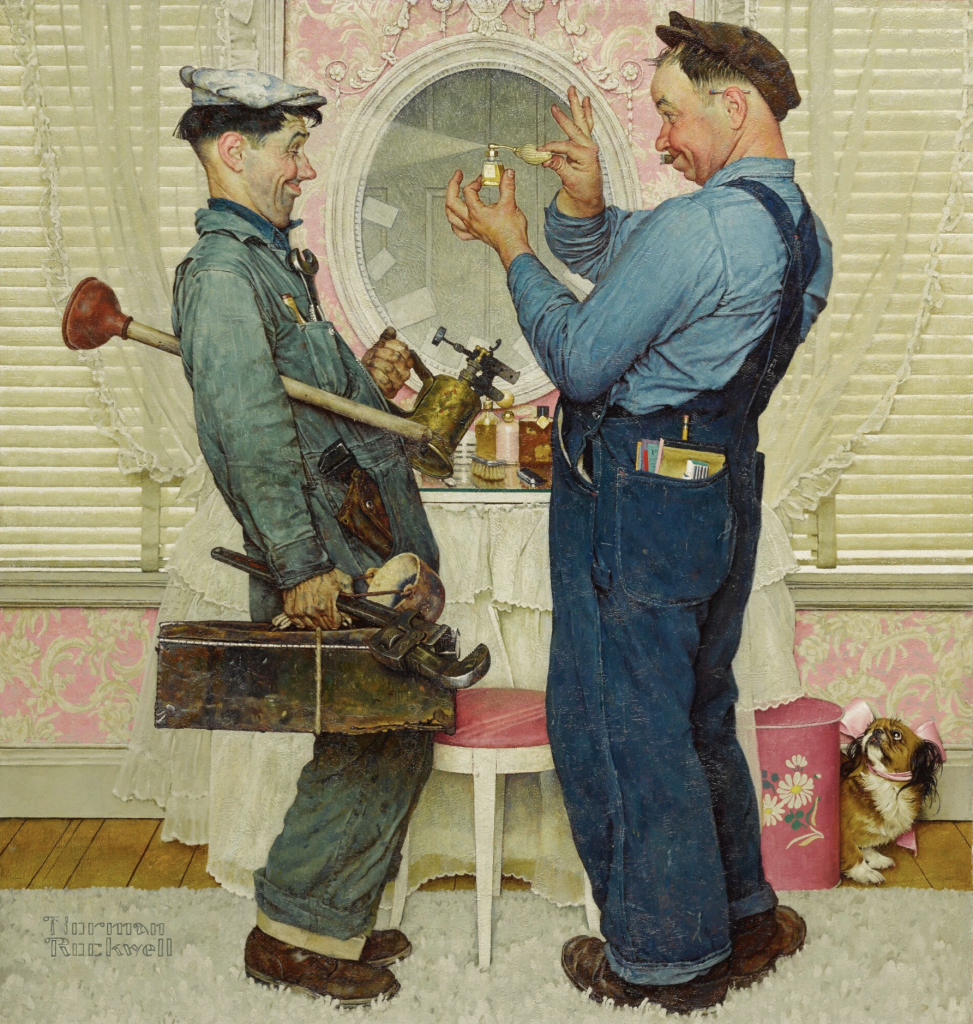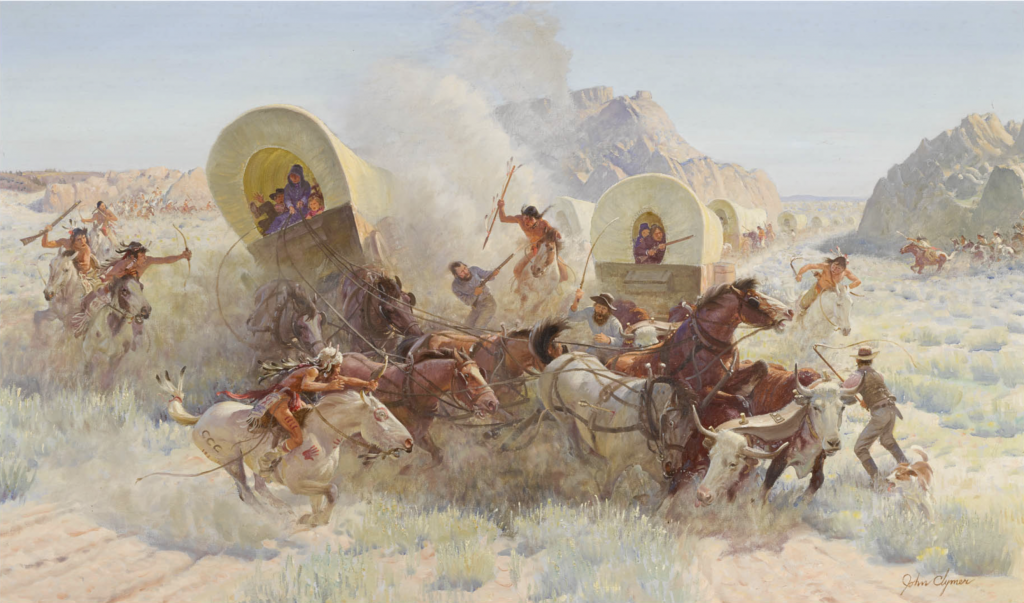Art World
15 Minutes With a Price Database Power User: Sotheby’s Specialist Elizabeth Pisano on Why There Is No Typical Day at an Auction House
We spoke with Pisano about her rise through the ranks.

We spoke with Pisano about her rise through the ranks.

Artnet Price Database Team

There is only one tool trusted by art world insiders to buy, sell and research art: the Artnet Price Database. Its users across industries—from auction houses to museums, galleries, and government institutions—represent the art world’s most important players. We’re taking 15 minutes to chat with some of the Artnet Price Database’s power users to get their take on the current state of the market and how they’re keeping up with the latest trends.
For Elizabeth Pisano, an auction house career was like love at first sight.
“I came to Sotheby’s for an informational interview as I was exploring opportunities after school, and by the time I left I knew I wanted to pursue a job with the company,” Pisano said. “I loved the conversations I had that day. Everyone I met was so intelligent and passionate about their jobs. It was impossible not to want to be a part of it.”
As a new graduate with a passion for the arts, she joined Sotheby’s as a cataloguer in 2012. Driven by the fast-paced auction house environment, Pisano worked her way up the ranks, fulfilling the roles of associate specialist and specialist, among others, until she reached her current position, senior vice president specialist in the American art department. Since then, she has been a specialist on various high-profile auctions, selling works by artists such as Norman Rockwell, John Ford Clymer, Maxfield Parrish, and many others.
Read on to learn about her most memorable sale, a typical day on the job, and why auction houses remind her of beehives.
What was your first encounter with art auctions?
I was an intern in the Post-war and contemporary art department at Christie’s during my first semester of graduate school. I am not even sure how I ended up there, I think through a friend who worked there. I remember being pretty astounded by the pace and activity. The auction houses still remind me of a beehive with everyone buzzing around during the busy seasons.
You began your career as a cataloguer at Sotheby’s, and have since worked your way to senior vice president specialist. What has been the proudest or most memorable moment of your career?
Most memorable was definitely when we sold Norman Rockwell’s Two Plumbers in 2017. The painting had that classic Rockwell humor and of course was one of the best-known images he created for the cover of The Saturday Evening Post. The pre-sale estimate was $5 million to $7 million, but it ended up selling for nearly $15 million due to a long bidding war between my colleague and I on behalf of our clients. I think he still might be annoyed that I was able to ultimately win it.

Two Plumbers by Norman Rockwell which sold for nearly $15 million in 2017. Courtesy of Sotheby’s.
You have been a specialist on various high-profile auctions, including Sotheby’s American art sale in December 2020, which highlighted lots by Milton Avery, Edward Hopper, and a Winslow Homer watercolor estimated at $2.5 million to $3.5 million. Can you describe a challenge or something that surprised you about this sale?
The biggest surprise of the day was the result for a work titled Attack by John Ford Clymer, which sold for $879,100, nearly nine times its low estimate, and set a new auction record for the artist. The painting attracted a lot of serious attention, and two very determined bidders duked it out until the end.
Can you describe a typical day?
There is no typical day! That is what is so great about working in the field. Every day is different and brings a new challenge or problem to solve.
How have you seen the market for American art change over the course of your career?
The beginning of my career coincided with the explosion of the market for American illustration, which was driven in part by a reconsideration of the art-historical importance of the genre. This evolution is probably best represented by the prices we’ve seen for works by Norman Rockwell. Eight of the 10 highest prices for Rockwell, including the record price of $46 million, have been realized in the past decade. The demand for this type of material now extends to works by other illustrators like Maxfield Parrish, N.C. Wyeth, and J.C. Leyendecker, with new buyers entering the market all the time who are looking for examples by these artists at all price points.

Attack by John F. Clymer which sold for $879,100 in 2020. Courtesy of Sotheby’s.
How do you envision the development of the auction industry after the past year’s surge in online auctions?
I envision it as a wonderful opportunity to introduce new and younger collectors to American art. We will continue to see more auctions presented in this way as audiences grow increasingly comfortable buying art online. The American art category encompasses a number of artists whose work is widely recognizable as well as a diverse range of genres, often at more accessible price points. So there is really something for everyone and it can be a great place to get started as a collector.
What advice would you give to a first-time collector?
Educate yourself by going to museums and gallery shows and following auctions. Market data is so widely accessible now, it’s very possible to make informed choices with confidence.
Do you collect any art? If so, what is your favorite item in your collection?
I would not say I collect but it is important to me to live with interesting pieces, most of which have been given to me as gifts or I’ve hunted down in antique stores. My favorite item is a watercolor my parents gave me after my daughter, Violet, was born. They commissioned it from an artist based in Wyoming where they live. The imagery plays off of her name and I just love how personal it is.
If you could own any one artwork on earth, regardless of price or size, what would it be?
John Singer Sargent’s El Jaleo.
What was the last thing you searched for in the Price Database?
Top prices for Norman Lewis.